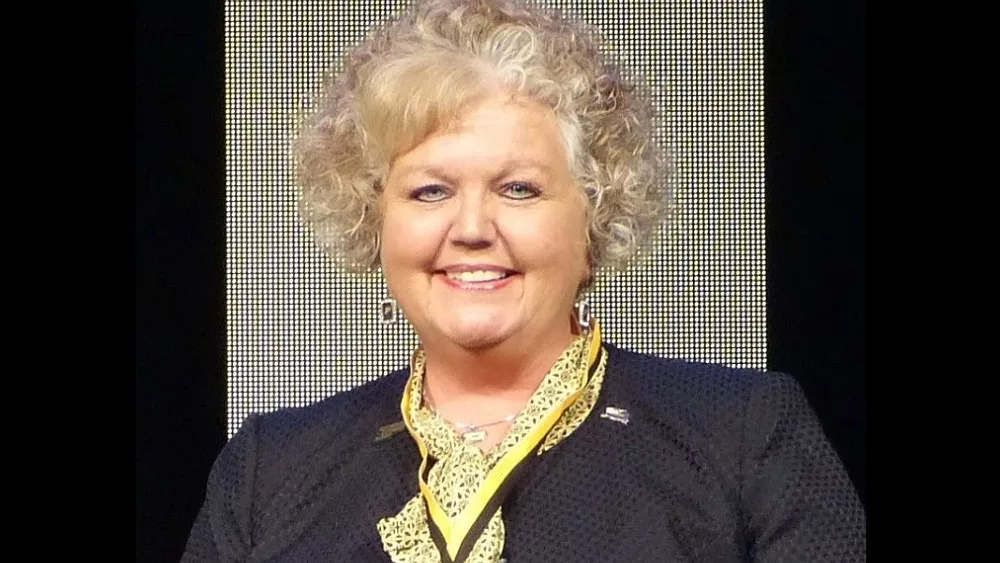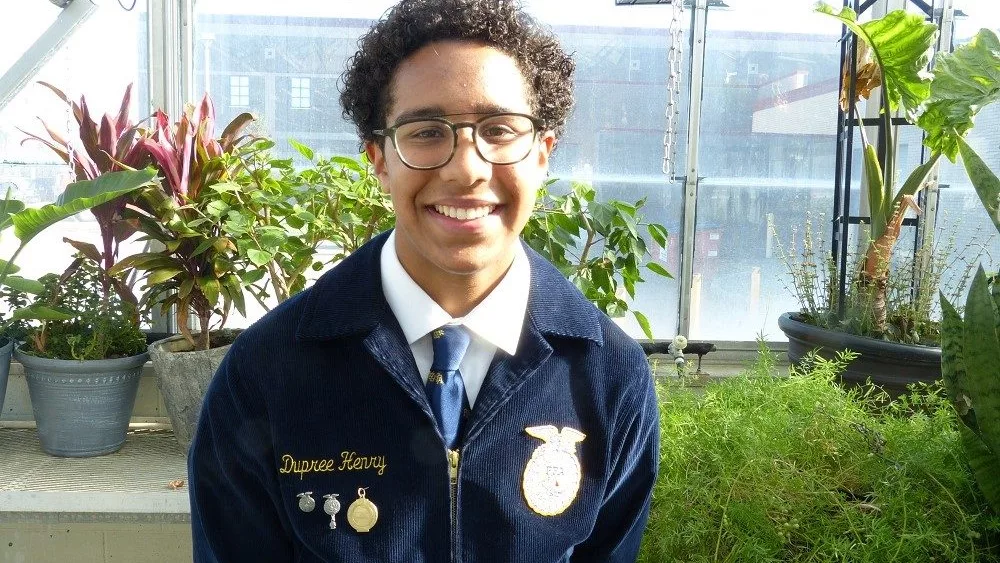
This week is National Forage Week. This is the 8th year the American Forage and Grassland Council has celebrated National Forage Week to raise awareness to the importance and impact of forages.
“Forages are very well suited for many locations throughout this country,” says Ronnie Boehm, a cattle farmer from Spencer County, Indiana. “Areas that are not suitable for row crop production, maybe the person is deciding that row crops just aren’t working for me very well anymore, I’d like to switch to forages and have my land covered all the time.”
The Indiana Forage Council recently honored Boehm with their Outstanding Producer Award.
Boehm says he’s been working with forages ever since he was a little tike working on the farm with his dad. His farm, about 8 miles north of the Ohio River, is steep and rolling. He uses a mixture of legumes and grasses to help avoid soil erosion.
“It’s sustainable, it’s adaptable to the climate as things are changing. We can interseed additional forages in there to help fit into what Mother Nature hands out to us.”
And Boehm says they’re good for water quality.
“The runoff from our grass fields and forages is typically going to be higher quality and have less nutrient runoff. We’re going to hold more of the soil particles in place, preventing those from running off and getting into our streams and rivers and lakes. So, forages are a great resource. They are great for our pollinators out there. Some of the legume species are great for those. So, forages are all-around a really great plant system that we’re trying to emphasize and make everybody aware of.”
You can learn more about forages at indianaforage.org.




